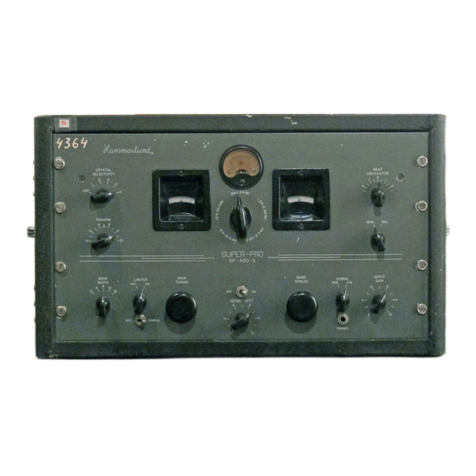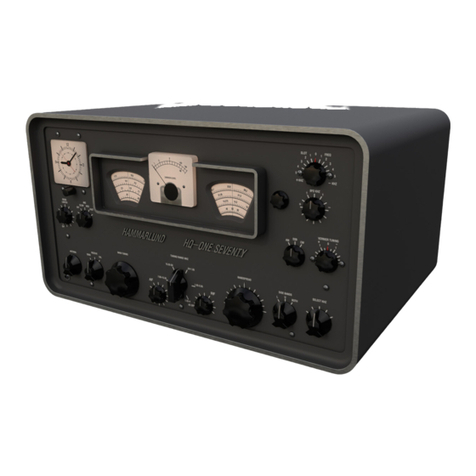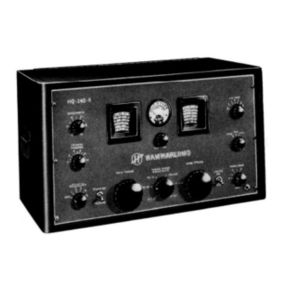Hammarlund HQ-140-X Manual
Other Hammarlund Receiver manuals
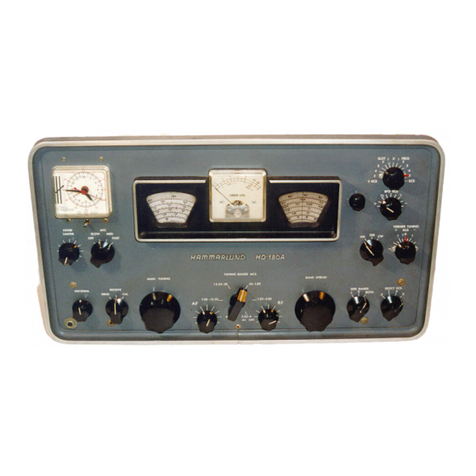
Hammarlund
Hammarlund HQ-180A Series Parts list manual
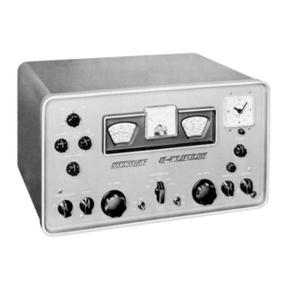
Hammarlund
Hammarlund HQ-145X Operating and installation instructions
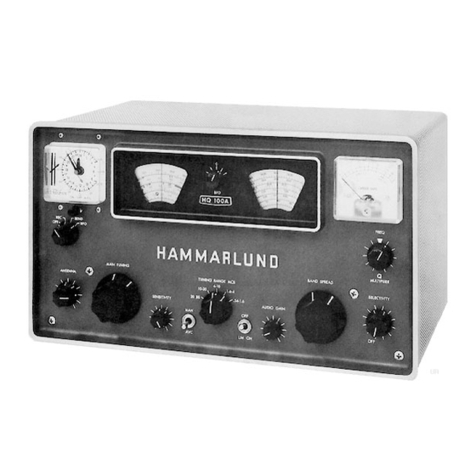
Hammarlund
Hammarlund HQ-100A Series User manual
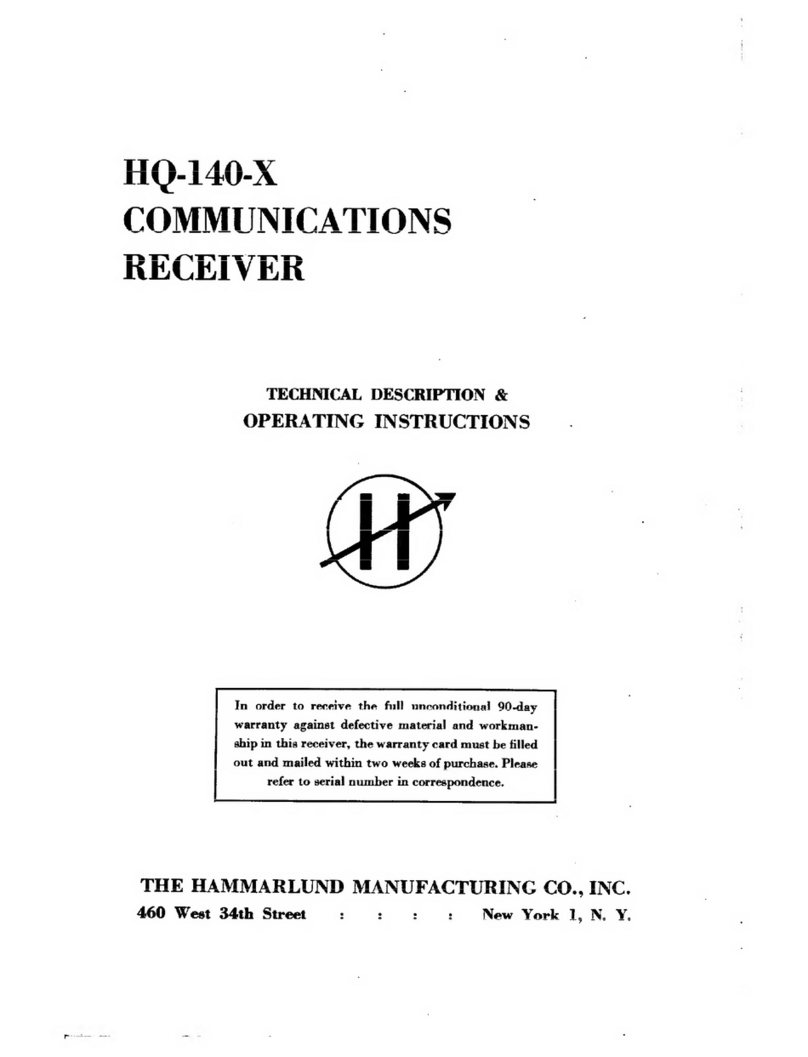
Hammarlund
Hammarlund HQ-140-X Manual

Hammarlund
Hammarlund SP-600-J User manual

Hammarlund
Hammarlund SP-600-JX User manual

Hammarlund
Hammarlund SP-600-JI-17 User manual
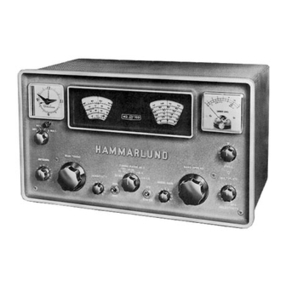
Hammarlund
Hammarlund HQ-100 User manual

Hammarlund
Hammarlund SP-600-JX User manual

Hammarlund
Hammarlund HQ-215 User manual
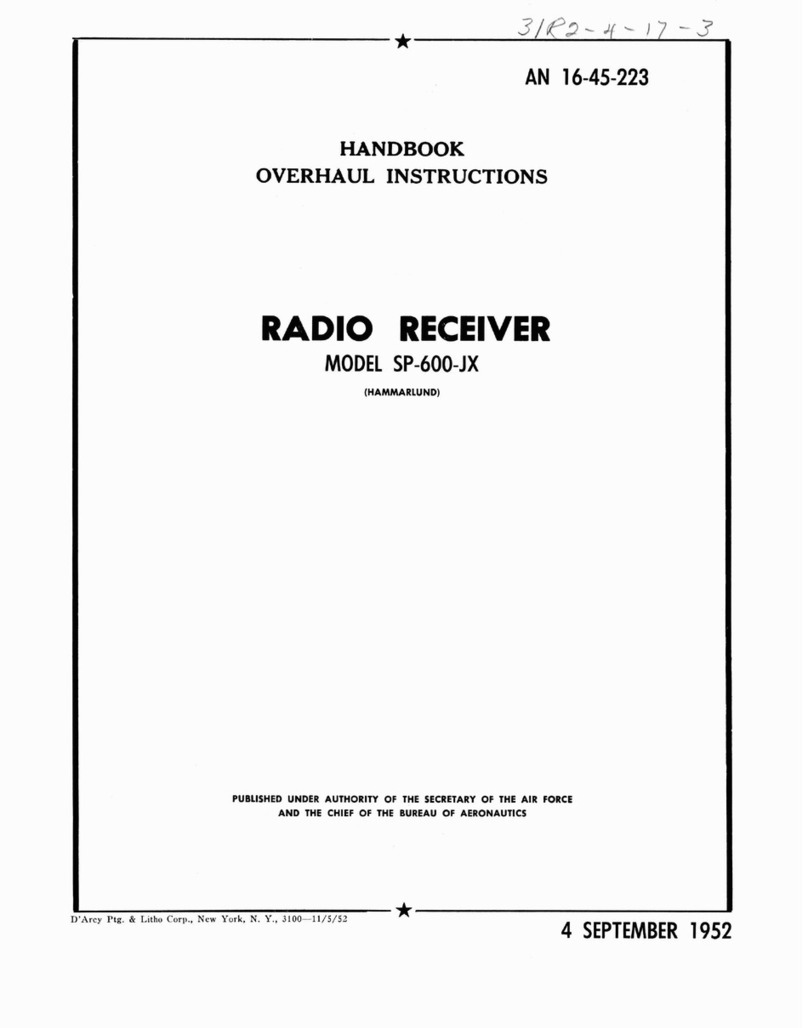
Hammarlund
Hammarlund SP-600-JX User manual

Hammarlund
Hammarlund HQ-110A/VHF User manual

Hammarlund
Hammarlund SP-600-JX-21 Operating instructions
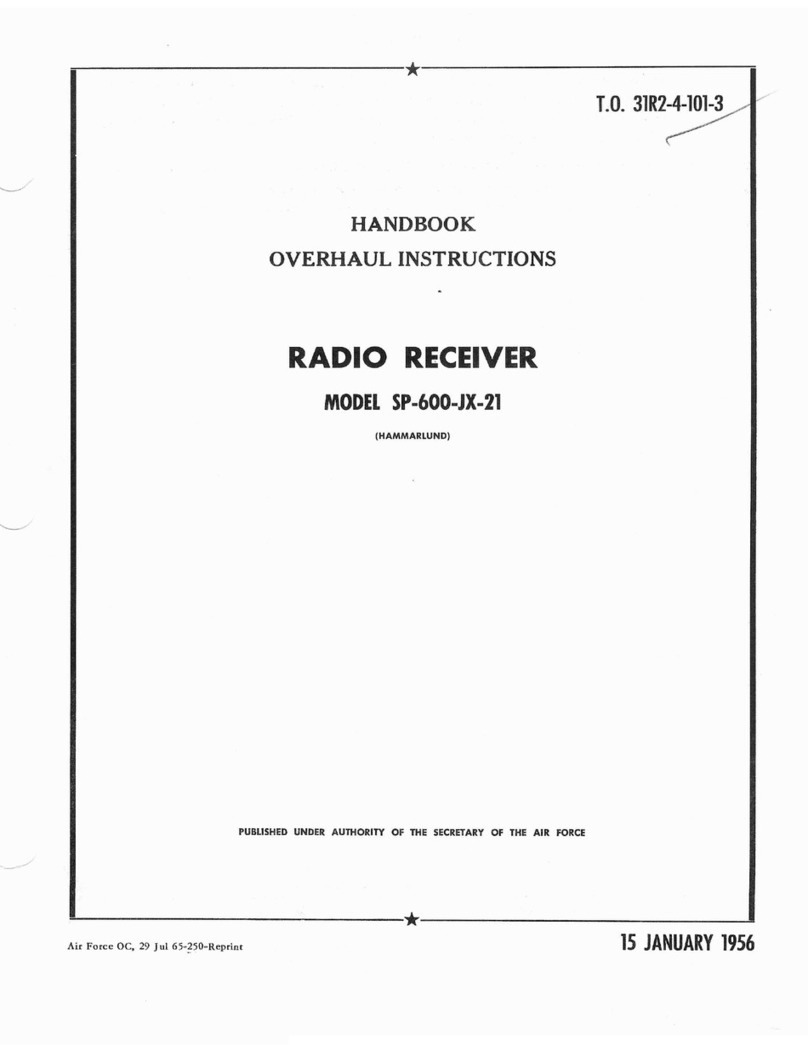
Hammarlund
Hammarlund SP-600-JX-21 User manual

Hammarlund
Hammarlund SP-600-JX-17 Operating instructions

Hammarlund
Hammarlund SP-600-JX-17 Troubleshooting guide
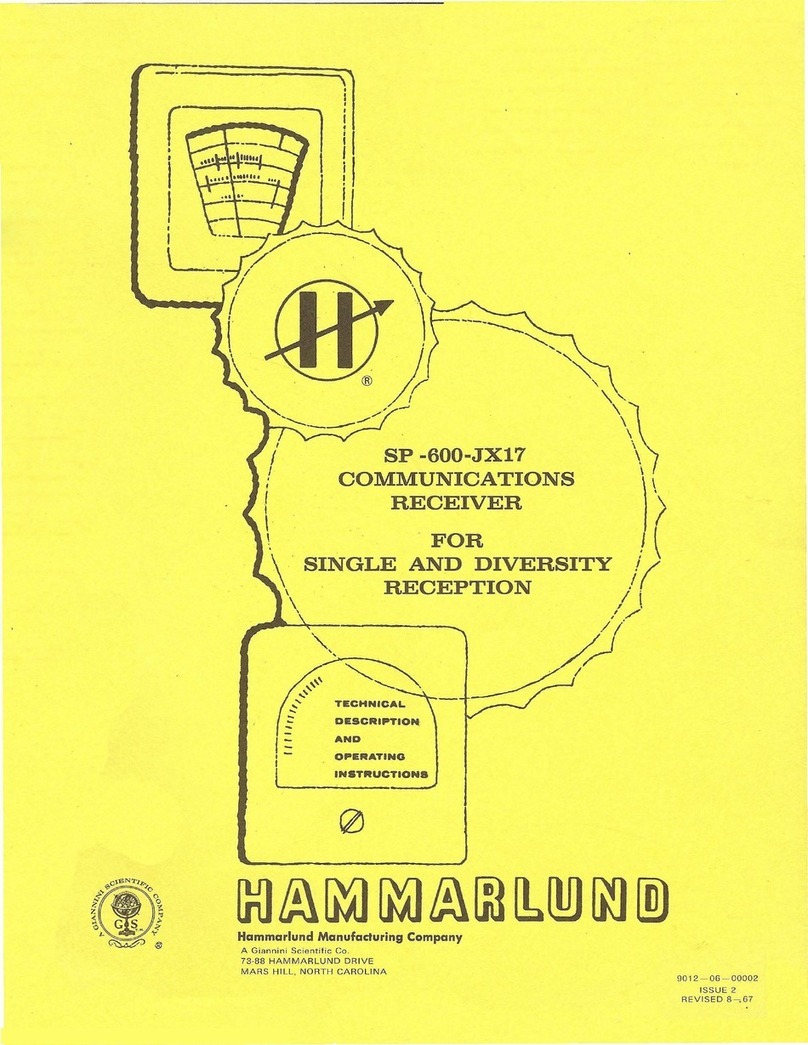
Hammarlund
Hammarlund SP-600-JX-17 Parts list manual

Hammarlund
Hammarlund FM 60A Manual
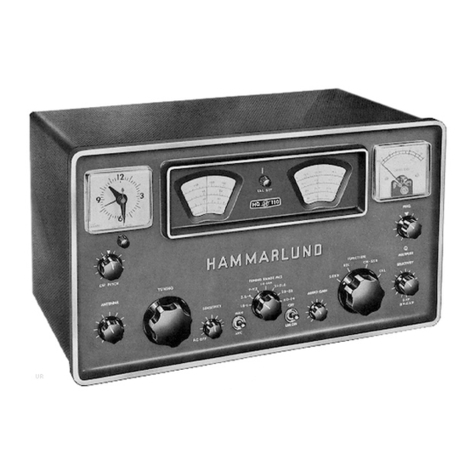
Hammarlund
Hammarlund HQ-110 User manual
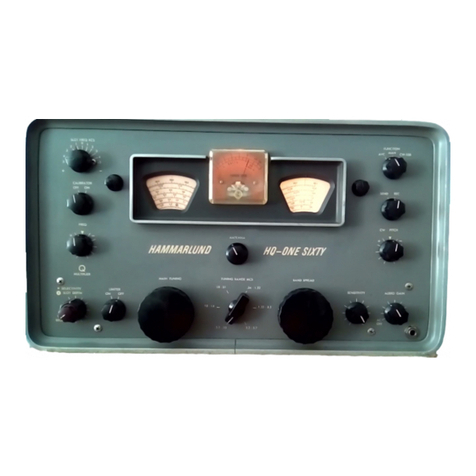
Hammarlund
Hammarlund HQ-160 Operating and installation instructions

